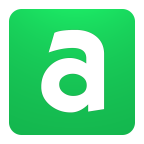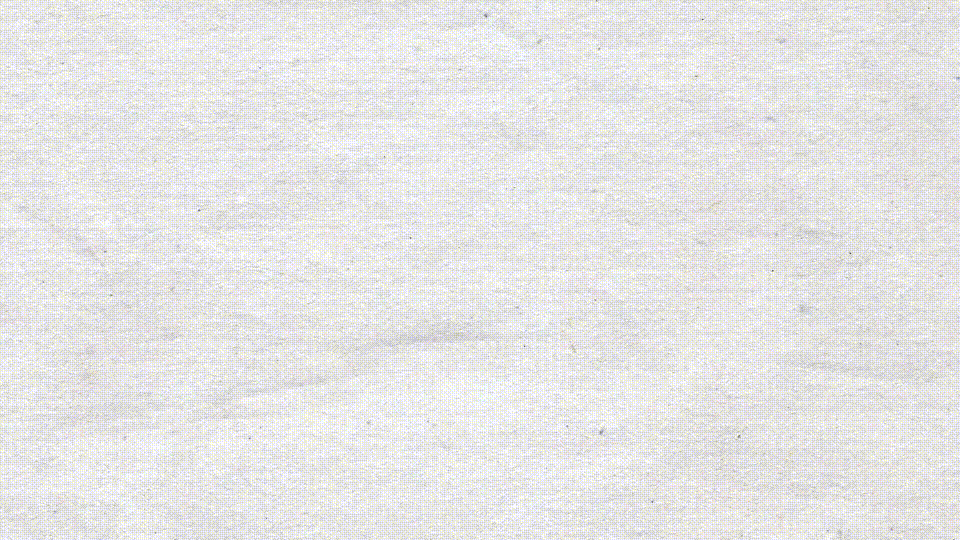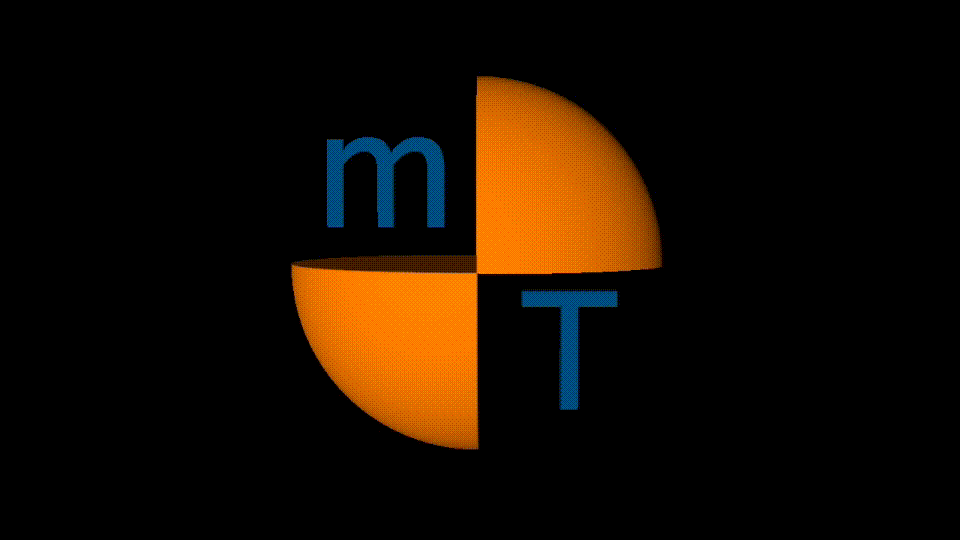Projects
Code connected to published research can be found on the publications page.
Small Projects
2
0
2
3
Sutton
My solutions to the programming problems in the book "Reinforcement Learning: An Introduction" by Rich Sutton and Andrew Barto.
2
0
2
2
Oscillator-Gym
A flexible harmonic oscillator environment for OpenAI Gym. Part of the project on colored noise exploration in RL (link).
Ajents
A reinforcement learning library implemented in JAX. This project is still in its early stages.Euler
My solutions to several Project Euler problems, implemented in Haskell.
2
0
2
1
2
0
1
9
2
0
1
8
Fibonacci
Read my blog post about this project here!
Eremenko II
My notes and code from Kirill Eremenko's Deep Learning A-Z course.Certificate
TrackML
This is my take on the CERN kaggle machine learning challenge TrackML.Click here to launch the notebook in NBViewer.

Eremenko I
My notes and code from Kirill Eremenko's Machine Learning A-Z course.Certificate
Scopatz
My notes on the book "Effective Computation in Physics" by Anthony Scopatz and Kathryn D. Huff.SciTools 3
SciTools was originally a Python package developed by Hans Petter Langtangen. This is the Python 3 implementation of a few of the modules in that package. While doing this, however, I realised most of the modules really are not very useful anymore, so I stopped there. Scitools3 is available on PyPI, you can read more in the readme on the GitHub page (link above).
2
0
1
7
Kevin Bacon
A graph analysis of the network of ePotato users. If you are an ePotato user, you can check your separation and "resistance distance" to other users on this website. You can also read my post about this and see the implementation in this notebook.Ng
My solutions to the exercises from Andrew Ng's Machine Learning course.Certificate
Tic Tac Go
My first experience with Go, this is a small program where two goroutines play tic tac toe against each other.Snowflake
An AVR christmas project. LEDs controlled by an ATtiny13A, fading on and off using pulse width modulation. Implemented in Assembly.
Langtangen
My notes on and solutions to "A Primer on Scientific Programming with Python" by Hans Petter Langtangen. This was the first time I've ever actually read a book to learn a programming language, and I loved it!PLC 7-Segment
This is a project developed for the Siemens SIMATIC S7-1500, controlling a seven-segment display. Written in Structured Control Language.
2
0
1
6
Matlab-Experiment
My first experience with MATLAB. This is the output:
NumberChain
My first experience with Python. This program calculates the smallest $x$ with $0 < x \le 1000000$, so that the sequence $(a_n)_{n \in \mathbb{N}_0} =\ $$\operatorname{NumberOfChars}($$\operatorname{EnglishWord}(a_{n - 1}))$ with $a_0 = x$ will result in the longest chain before hitting $a_n = 4$, if that makes any sense. Inspired by stand-up mathematician Matt Parker (link).
2
0
1
5
Exoplanet
This was an Android app I developed to accompany my school paper "Wie findet man erdähnliche Planeten?", I wrote on techniques to discover exoplanets. The app displays the number of exoplanets discovered to date and what techniques were used. The app is not on Google Play anymore, but the API from the NASA Exoplanet Archive is still pretty cool: link
Screenshots,
Stats
Graveyard

2015 - 2016
Here lies Moti, unfinished.
This was definitely my biggest project ever. Maybe you know the feature "Hangouts" of the app Couchsurfing, it's a way to quickly find people in your area to hang out. This was supposed to be like that, but bigger. Needless to say, it was far too ambitious, but I worked a lot on it (notes).

2013 - 2015
Here lies Actio, unfinished.

Another far too ambitious project. This app was supposed be a bit like Yelp, but with a more social character. Actually, I don't know, I've never used Yelp. Anyway, like most projects, I put far too much time and effort into this project that could never be actually realised.

2013 - 2014
Here lies Topic, unfinished.

My first project that was not just an Android app. In fact, this one was all-web. I don't actually completely remember what this was supposed to be.. Some kind of chatroom, but I don't know where the novelty was supposed to be. But I did learn php doing this, and even tough that is not a pleasant journey, it does come in handy!

2013
Here lies clock 2.0.
This app was actually pretty cool. It was functionally a clock and timer, with the time of the clock displayed verbally, as in "Quarter to nine" (see screenshots below). This feature was obviously not my idea, there were other apps that already did this. The timer was definitely cooler. Instead of just counting down, it displayed an animated Rubik's cube that solved itself in exactly the specified time. Because of the random implementation, sometimes it would accidentally be finished a few steps before the deadline and then scramble itself a bit in the next few turns only to undo them again.
There also was a widget with exactly the same style and function of "Uhr" (see app below, that's where the 2.0 stems from), still this app was very much less successful and people definitely installed the legacy app much more even after the release of this one.
Screenshots,
Stats

2012 - 2013
Here lies mTool.
I'm proud of mTool. It was by far the biggest project I ever had at that time, later surpassed by Actio. But I finished mTool! Really I only overtook mTool with ePotato in 2017, ePotato being a much, much bigger project.
mTool was a "toolbox" app. I don't know why I built it, nobody would use this app, but apparently I thought it was worth investing the time into. There's also this animation I made:
 Also:
Also:
 Screenshots,
Stats
Screenshots,
Stats

2012
Here lie Volume Controls and Uhr.
These are by far my most successful apps, especially Uhr (which is just German for "clock"), having almost 30 times the downloads of its successor app, clock 2.0. By the way, these days anything with less than a million downloads is basically "nothing"; it wasn't as extreme back then, but all of these apps are obviously very unsuccessful.
The clock app here was just the home-screen widget as in the screenshot, and Volume Controls was an app to let you Control the Volume! By the way, check out the sweet feature graphic for the clock app by clicking the icon above (you can do this for most apps here).
Screenshots,
Stats

2011 - 2012
Here lies ScreenLock.
My first app on the Market! I didn't even have an Android phone when started building this app. It's nothing special, a home-screen widget to lock your phone. Initially it was not a free app, so I even made like 10€, approximately -6% of my complete "income" from all these projects combined (note the minus sign).
Screenshots,
Stats
More ProjectsBeyond death
Robo AG
From 2009 to 2014 I was part of my school's robotics club (Shoutout to Nölti) where we built robots with Lego Mindstorms bricks. With these robots we participated in RoboCup competitions, where the robots had to drive through a small arena, following a line, driving around obsticles, etc. In this repository is my code from the German Open competitions 2010 to 2014, and the world cups 2012 in Mexico (2nd place single team competition) and 2014 in Brazil (4th place superteam competition).
Photos
Turtle
In 2007, my friend Yannis (his website) and I started a company, we named it Turtle. Now, we were both in primary school back then, so please don't take this too seriously. We wanted to do all kinds of stuff. If you want, you can browse our website to see what we were up to. The website was created when turtle was already almost forgotten, to showcase our two projects, the "Operating System" and "Turtle Mobil", as well as my first two apps.
I also found this very old website that you probably shouldn't look at.
Agnes1
This is it. My very first project, ever. It was supposed to be some kind of game, I guess..? The instructions of what the game should be came from my sister, so that's also where the name comes from. I built this when I was nine, so don't expect too much. It doesn't work anymore, but in my memory it used to work as it was supposed to.. whatever that was. A lot of image files somehow got deleted down the road, so those are definitely missing, other than that, maybe it's fine? I don't know. Also, I don't really care.
"6Ω of Separation" banner picture from the Twitter Network Gallery, © Stanford University
Tombstone icon made by Freepik from www.flaticon.com (CC BY 3.0 License)

